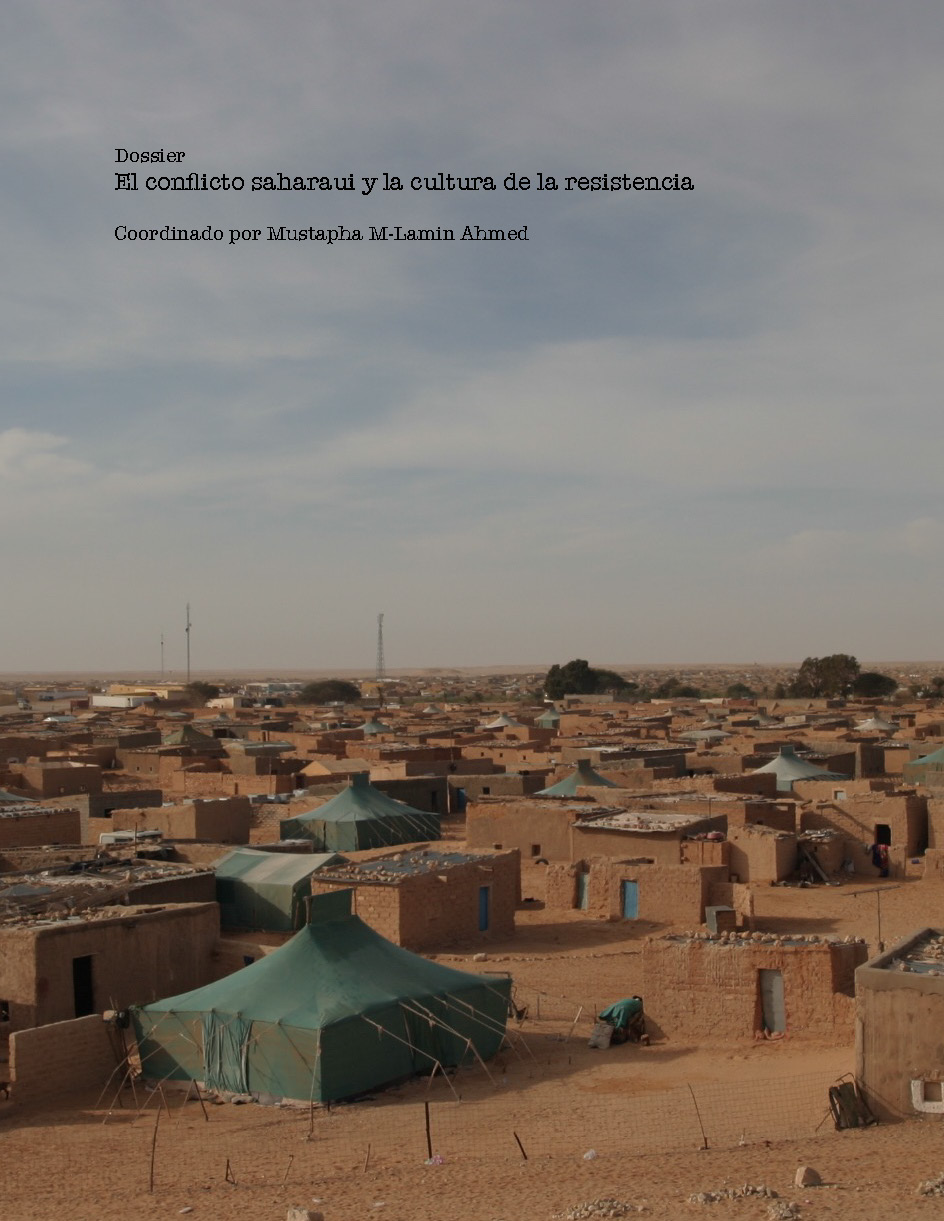Rumiando realias y otros intraducibles del léxico geográfico oral del Sáhara Occidental
DOI:
https://doi.org/10.7203/KAM.7.8288 Abstract
Abstract
Resumen
La esencia de este trabajo son las palabras que vamos a tratar de abordar y dilucidar en el ámbito de un contexto muy concreto y limitado geográfica y culturalmente: expresiones y denominaciones pertenecientes a la lengua hassanía, variante árabe hablada en el Sáhara Occidental, referidas a la geografía y al relieve de dicho territorio. Por lo tanto, se trata de un léxico específico perteneciente a la tradición oral del pueblo saharaui y que ha ido pasando de generación en generación, acumulando, con el correr de los años, datos, matices y connotaciones que no debemos ignorar a la hora de nombrar o citar cualquier duna, pozo o acacia de cualquier rincón perdido del desierto. Son los llamados realias, palabras difíciles de traducir, por no decir intraducibles.
Palabras clave: Traducción, Realias, Geografía, Sáhara Occidental, Cultura oral.
Abstract
The essence of this work are the words that we’ll try to address and clarify the scope, in a very specific and geographical and cultural limited context: expressions and denominations belonging to the Hassaniya language, Arabic variant spoken in Western Sahara, based on the geography and relief of the territory. Therefore, it is a specific lexicon belonging to the oral tradition of the Saharawi people and which has been passed from generation to generation, accumulating, over the years, data, nuances and connotations that we should not ignore when name or cite any dune, well or acacia lost in any corner of the desert. They are called realias, difficult words to translate, if not untranslatable.
Keywords: Translation, Realias, Geography, Western Sahara, Oral Culture
 Downloads
Downloads
 References
References
Asociación para la Cooperación y el Desarrollo con los Países del Magreb (ACDPM) (1995). Sáhara: 20 años bastan. Gijón: La Industria.
Ahmed Haidar, Buchar. (2012). Geografía del Sáhara Occidental (en lengua árabe). Madrid: Bubok.
Barrera Martínez, Ildefonso et al (2007). Sáhara Occidental: plantas y usos. Madrid: A.S. Comunicación.
García Figueras, Tomás (1941). Santa Cruz de Mar Pequeña-Ifni-Sahara (la acción de España en la costa occidental de África). Madrid: Fe.
Gómez Moreno, Pedro (1959). Pozos del Sáhara. Madrid: Consejo Superior de Investigaciones Científicas.
Haidar, Larosi. “Anomalías traductológicas en Proverbios saharauis”. Tebeto: Anuario del Archivo Histórico Insular de Fuerteventura 20 (2012): 373-386.
Haidar, Larosi. (2014). “La esclavitud en el documental STOLEN: ¿esclavitud traducida o traducción esclavizada?”. MARTÍN CASARES, Aurelia (eda.). Esclavitudes hispánicas (siglos XV al XXI: horizontes socioculturales). Granada: Universidad de Granada: 283-298.
Haidar, Larosi. “La traducción en el manual Sáhara: libro de lectura bilingüe para EGB”. Entreculturas 7-8 (2016): 21-34.
Hamad, Almujttar (1993). Hayat Muritania: “alyughrafiya” (La vida de Mauritania: Geografía). Rabat: Instituto de Estudios Africanos.
Molina Campuzano, Miguel (1954). Contribución al estudio del Censo del Sáhara. Madrid: CSIC Instituto de Estudios Africanos.
Ruiz Miguel, Carlos (1995). El Sáhara Occidental y España: historia, política y derecho. Análisis crítico de la política exterior española. Madrid: Dykinson.
Vlahov, S. y Florin, S. “Neperovodimoe v perevode. Realii”. Masterstvo perevoda 6 (1969): 432-456.
Downloads
Published
How to Cite
-
Abstract973
-
Artículo (Español)786
Issue
Section
License
This journal provides an immediate free access to the content on the principle that freely make investigation available to the public, which promotes an increased global knowledge exchange.
Unless otherwise indicated, texts published in this journal are under the license Attribution-NonComercial 4.0 by Creative Commons. These texts may be copied, distributed and publicly communicated whenever the publication’s author and title are quoted and whenever they are not used for commercial purposes. In any case, intellectual property of the articles and its potential economic rights entirely belong to its authors.
The full license can be consulted on https://creativecommons.org/licenses/by-nc/4.0/. We encourage authors to disseminate papers published in Kamchatka. Journal of cultural analysis electronically, in institutional digital repository or in their websites.





